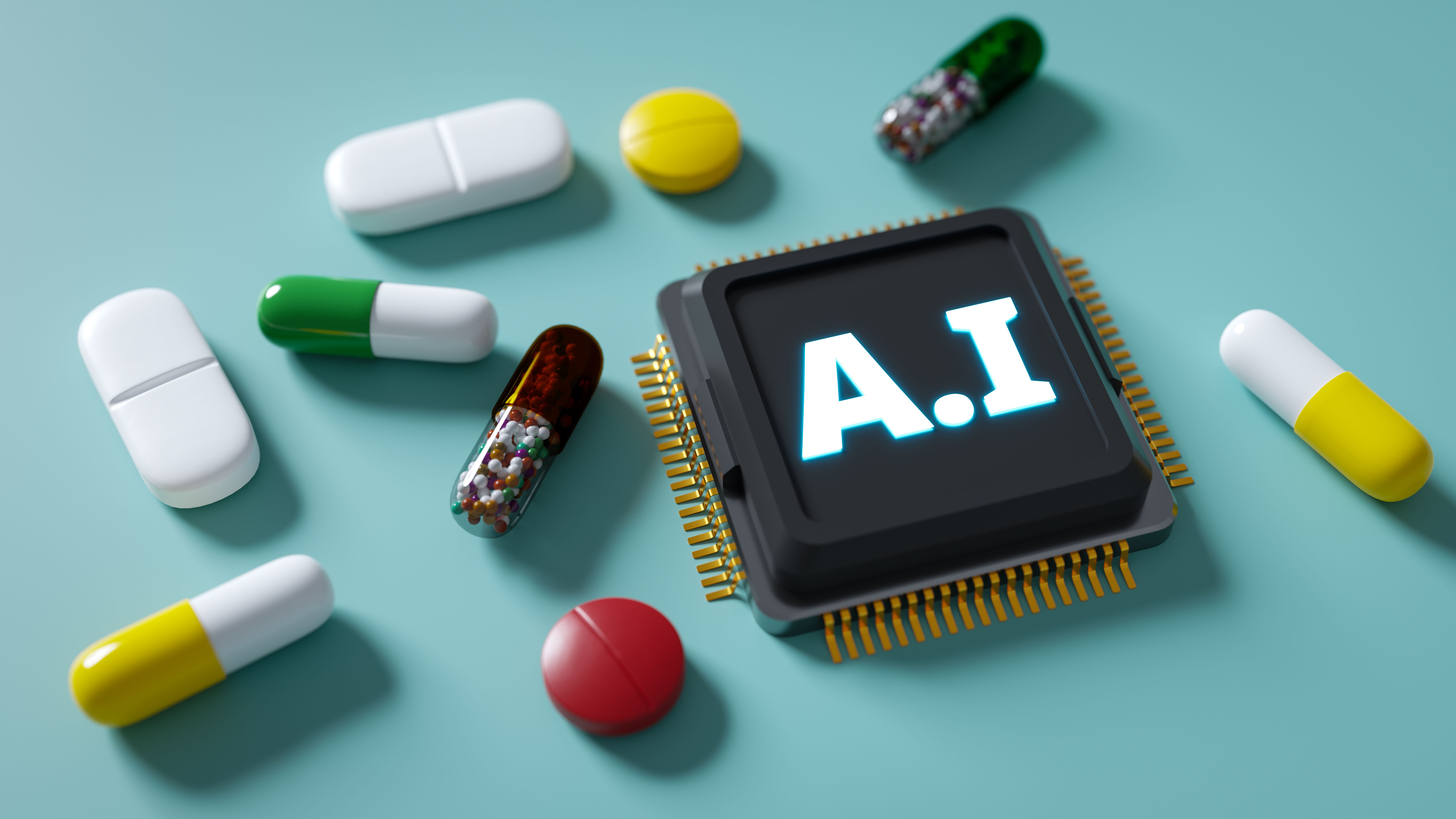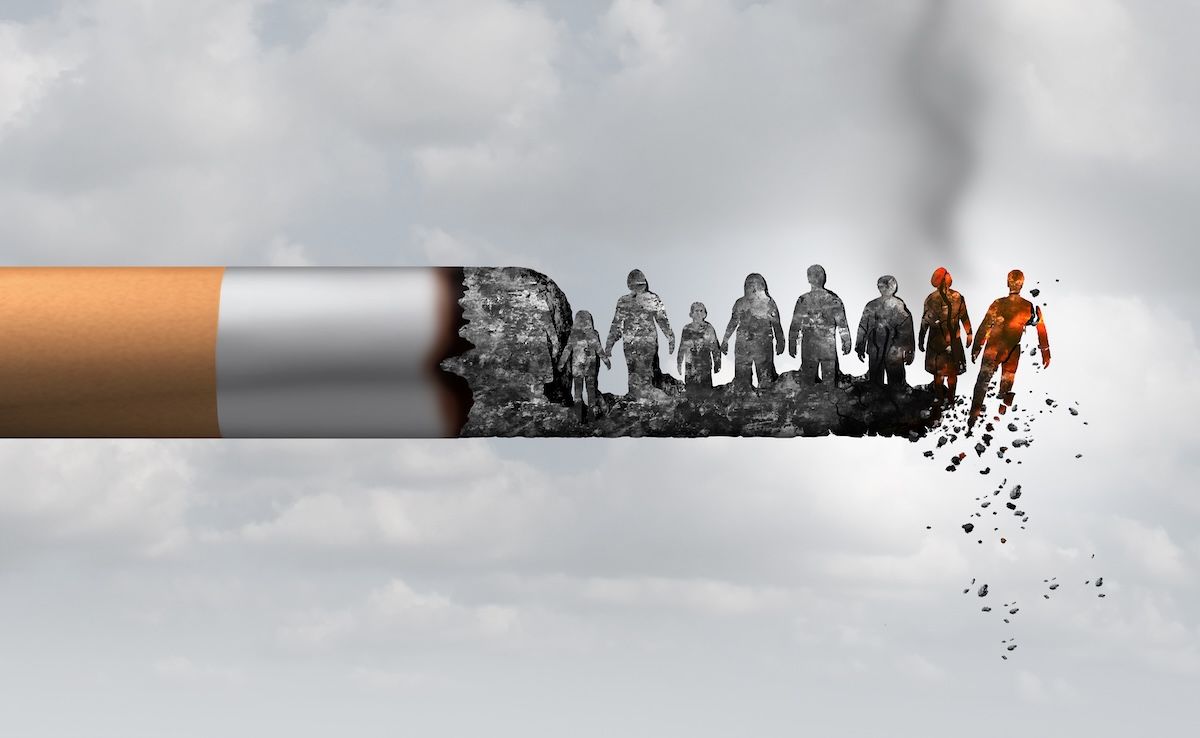Article
There Is More to Blame Than Tech for T1D Outcomes Disparities, Investigators Argue
Author(s):
Investigators from the Pediatric Diabetes Center at Hassenfeld Children’s Hospital at NYU Langone investigated outcomes disparities as they related to diabetes technology use among youth living with type 1 diabetes (T1D).
Disparities in type 1 diabetes (T1D) outcomes among minority youth—non-Hispanic Black (NHB) and Hispanic—can be attributed to more than just differences in diabetes technology use, concluded a team of investigators from the Pediatric Diabetes Center at Hassenfeld Children’s Hospital at NYU Langone.
The team investigated outcomes disparities as they related to diabetes technology use, and their findings were presented at the recent American Diabetes Association (ADA) 82nd Scientific Sessions held in New Orleans and virtually. Everyone included in their analysis was aged 2 to 25 years and had been living with T1D for at least 1 year. For this study, a glycated hemoglobin A1C (HbA1C) level of 9% was considered high. Data were gleaned from electronic health records. Outcomes were compared between non-Hispanic White English-speaking patients and patients who were non-White, Hispanic, and preferred to use a language other than English.
The primary outcome was association between minority race/language (MRL) and high HbA1C.
“NHB and Hispanic populations with T1D have higher HbA1C levels and lower diabetes technology use compared to non-Hispanic white populations,” the authors wrote. “We sought to examine the extent to which diabetes technology use accounts for disparities,” they explained, because these persist despite an overall high rate of diabetes technology use at the center.
Just 12.5% of the 264 patients in this analysis self-identified as MRL. At their most recent visit, 19.3% overall had an HbA1C measure higher than 9%, 86% used continuous glucose monitors (CGMs), 80% were using insulin pumps, and 95% of pump users also used a CGM. However, stark differences were seen between the MRL and non-MRL cohorts for several adverse outcomes:
- 36% of MRL patients vs 11% of non-MRL patients had an HbA1C measure above 9%
- 73% of MRL patients vs 93% of non-MRL patients were using a CGM
- 76% of MRL patients vs 81% of non-MRL patients were using an insulin pump
There were 549 visits over the 13-month study period (September 2020-September 2021), for a mean (SD) per patient of 2.1 (1.2) visits. The mean (SD) time since T1D diagnosis was 63.6 (45.4) months, mean (SD) age was 14.2 (5.0) years, 51.1% were female, and 62.1% had private insurance or paid for insurance themselves.
Greater odds of having the high HbA1C measure were seen after adjusting for age and insurance status, so that youths in the MRL group were shown to be 2.7 (95% CI, 1.7-4.4) times more likely to have this outcome. In addition, when accounting for co–CGM and insulin pump use, MRL youth had twice the risk (95% CI, 1.2-3.3) of having HbA1C above 9% vs the non-MRL cohort.
The investigators determined that among those MRL group, just 26% of the elevated HbA1C measures were explained by diabetes technology use disparities.
To make up ground in the space, as well as to provide support to patients’ families, the team created The Wellness Program at their hospital, and through this they hope to achieve a greater understanding of glycemic control barriers among minority youth. Individualized interventions in the program include neuropsychological evaluations, targeted education, and psychosocial support.
However, further study is still needed, they concluded, and “this must investigate how to best support minority youth to decrease the disparities in HbA1C levels.”
Reference
Stein CR, Ilkowitz J, Gonzalez J, Gallagher MP. Differences in diabetes technology use only partially explain disparities in type 1 diabetes outcomes among minority youth. Presented at: ADA 82nd Scientific Sessions; June 3-7, 2022; New Orleans, LA, and virtual. Abstract 1006-P. Accessed June 21, 2022. https://ada.apprisor.org/epsAbstractADA.cfm?id=4




